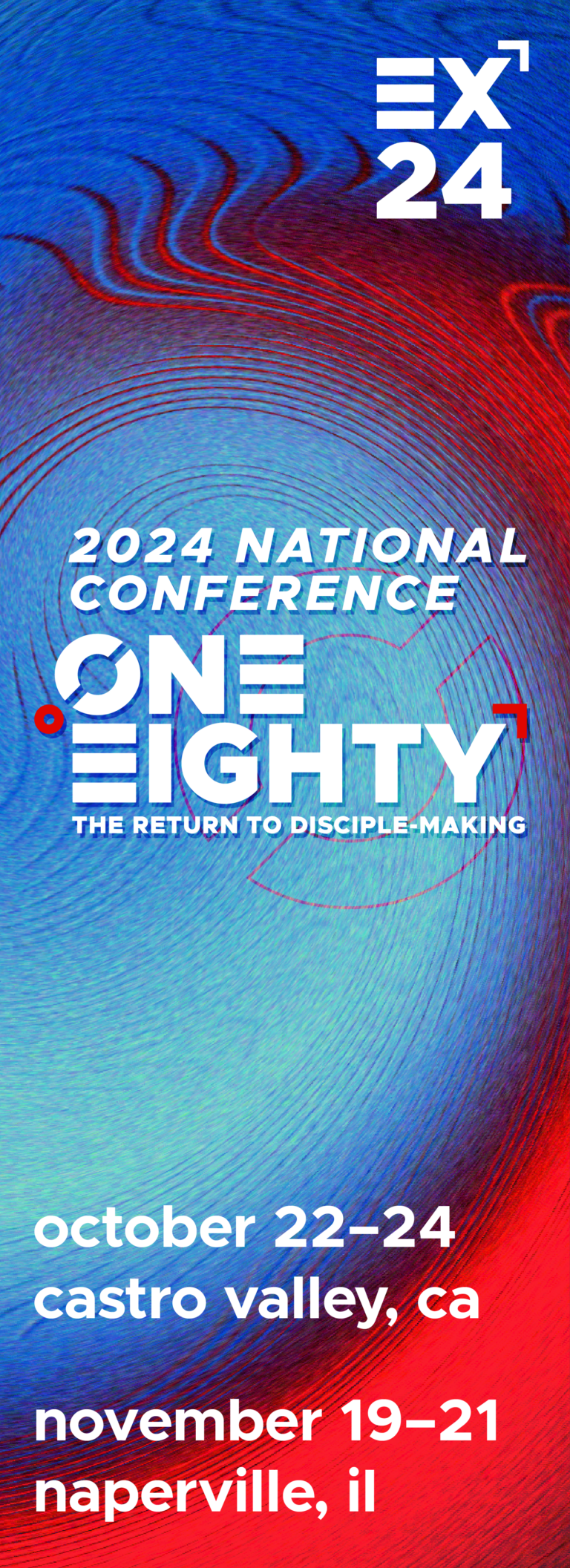I expect most of us have been seeing the media barrage reporting on the drop in the number of Christians in the United States. About a week ago in its May 12, 2015 issue, The New York Times ran a piece with the headline “Big Drop in Share of Americans Calling Themselves Christian.”
In the first two paragraphs of this very well-written and comprehensive piece, reporter/editor David Leonhardt writes:
“The Christian share of adults in the United States has declined sharply since 2007, affecting nearly all major Christian traditions and denominations, and crossing age, race and region, according to an extensive survey by the Pew Research Center.
“Seventy-one percent of American adults were Christian in 2014, the lowest estimate from any sizable survey to date, and a decline of 5 million adults and 8 percentage points since a similar Pew survey in 2007.”
This shift is happening nationwide, Leonhardt observes, not just the typically spiritually desolate Northwest and Northeast. He quotes Alan Cooperman, the director of religion research at the Pew Research Center and the lead editor of the report: “The decline is taking place in every region of the country, including the Bible Belt.”
However, Cooperman points out that attrition was most substantial among mainline Protestants and Roman Catholics, who have declined in absolute numbers and as a share of the population since 2007 … “Not all religions or even Christian traditions declined so markedly,” he said. “The number of evangelical Protestants dipped only slightly as a share of the population, by 1 percentage point, and actually increased in raw numbers.”
Maybe the news isn’t so doomsday after all.
Two days later after the New York Times piece appeared, The Washington Post ran a guest editorial by LifeWay Research Executive Director Ed Stetzer. In his article, Stetzer offered a contrasting perspective on the recent report’s findings. Here’s an excerpt from his piece:
“In 2013, South Carolina evangelical megachurch NewSpring Church baptized more than 6,500 people while worship attendance grew by nearly 10,000 more than the year before. The same year the entire Episcopal Church in the United States produced only around 12,000 adult confirmations with an attendance drop of more than 27,400 from the previous year.
“The stark figures of one church compared to an entire denomination suggest noteworthy trends and scope of the changing church in America.
“While there is often an inordinate focus on those who leave Christianity and predict its demise, what do the actual numbers say? The latest study from Pew Research Center, released this week, and the General Social Survey, released just a month ago, reveals what I have termed the ‘evangelicalization’ of American Christianity.”
Stetzer concluded: “The church in the United States is becoming more evangelical.”
In the same article, he noted that when Pew considers how respondents self-identify, a higher percentage described themselves as evangelical or born again now than seven years ago — up from 34 percent to 35. When asked, one-third of all Americans describe themselves as evangelical or born again.
The numbers are even more telling, he writes, when we isolate those who are Christians. Now, half of American Christians call themselves “evangelical” or “born again.”
“Those self-identification numbers are up across the board from 2007, even among non-evangelical faith traditions,” he writes. “Along with every other Christian subgroup, more Catholics and mainline Protestants now personally define their faith in evangelical terms.”
Taking a deeper look at the numbers and these studies, I’m encouraged by what they tell us about how people are defining their faith in Jesus today.
Thank God! May all of our tribes increase!






